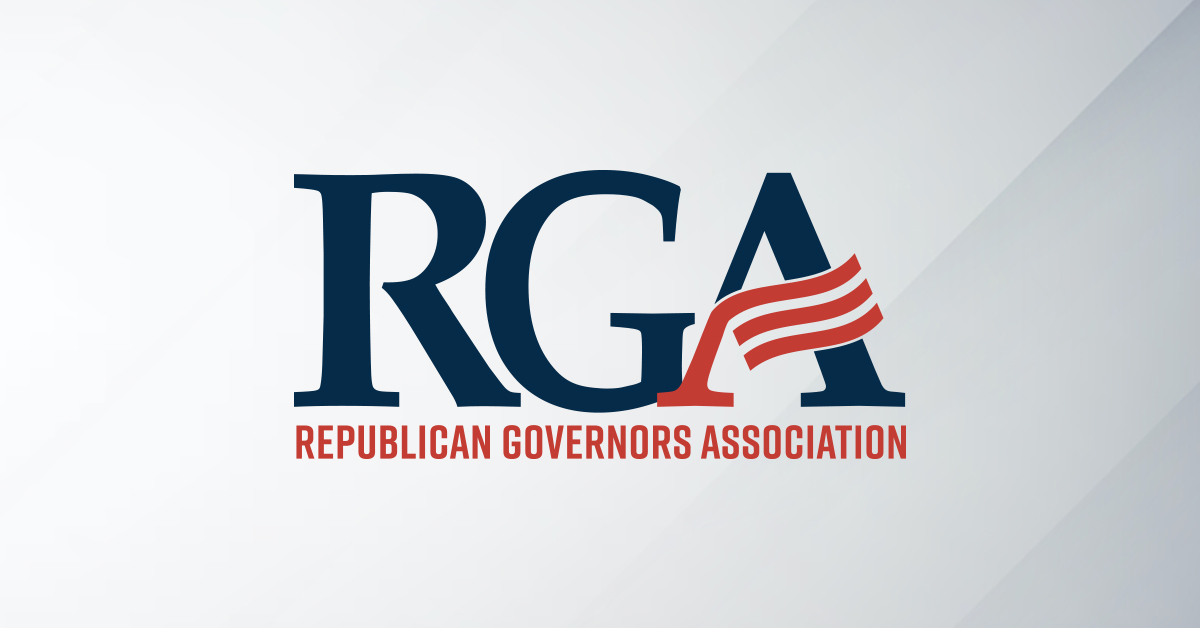
In case you missed it, be sure to read this POLITICO Magazine feature on the Vermont governor’s race. With GOP gubernatorial nominee Phil Scott running a strong campaign focused on jobs and the economy, while Democrat gubernatorial nominee Sue Minter is reiterating her support for tax hikes and the continuation of Peter Shumlin’s unpopular policies, Bernie Sanders’ home state governor’s race has become increasingly competitive.
Why a Republican Might Win Bernie’s Home State
Politico Magazine; 9/24/16
For all the talk of Sanders’ revolution moving the country to the left, reality looks quite different in Vermont.
In mid-July, after Bernie Sanders endorsed his former rival, Hillary Clinton, for president, he and his wife, Jane, returned home to Vermont amid talk that he had ignited a political revolution and altered the course of the Democratic Party.
On the street where Sanders lives, dozens of signs lined the lawns of his neighbors: “Thank you Bernie and Jane,” they read. In some yards, these warm wishes were accompanied by another sign, this one with a black-and-white checkered flag hovering behind the name “Phil Scott.”
Scott is the Republican candidate for governor.
In most corners of America, the sight of a front yard boasting support for both a Republican and a democratic socialist would be perplexing, even shocking. But not in Vermont in 2016.
For all the talk of Sanders’ revolution rattling the establishment and moving the country to the left, reality looks quite different in the state that birthed Sanders’ would-be uprising. Bernie is still beloved here, where 86 percent of voters in the Democratic primary supported him—his strongest showing in the country. But some political experts suggest the cost of Sanders-style progressive policies—including, most notably, the state’s failed single-payer health care system—is driving many voters away from the Democrats, substantially boosting the odds that Republicans could retake the governorship this November.
Bernie’s campaign logo and the distinctive woolly outline of his head still appear everywhere here, on bumper stickers, tattoos, artisanal chocolate bars. But when comes to the revolution he promised—well, sometimes there can be too much of a good thing.
Vermont was solidly Republican for decades, back when the party’s politics were different, and before Back-to-the-Landers and the New York vacation crowd had started to transform this state it into the kind of place that could elect a socialist mayor and then send him to the U.S. Senate. As a presidential candidate, Sanders embodied the newer, crunchier Vermont. He took a cost-be-damned approach to social services, promising free college and single-payer health care to audiences eager to hear government could pay to fix major problems.
But today, chief among the issues defining the governor’s campaign here is the single-payer health care system Vermonters were promised by current Democratic Governor Peter Shumlin, who also spent more than $200 million to keep the state’s health exchange—formed to comply with the Affordable Care Act—operational.
Over the past seven fiscal years—predating the start of Shumlin’s time in office—Vermont’s budget expenditures have grown by more than $600 million. In a state with just 626,000 people, that’s been a substantial hit on taxpayers.
“It’s very personal … when you only have 600,000 people,” explains Mike Smith, a talk-radio host on WDEV who served as secretary of administration for former Republican Gov. Jim Douglas. As recent polls in Vermont show Hillary Clinton with a lead of more than 20 points, Smith thinks Vermont could be headed to a repeat of 2008, when the state overwhelmingly supported Barack Obama while reelecting a Republican governor.
That Republicans could compete in the gubernatorial election in a year when Sanders so dominated the political conversation may surprise some. But Vermont is a small state, and many political observers note that this can make politics more personal than ideological.
The state’s size is, perhaps, the reason why Sanders has been so successful here over more than three decades in office: He’s well-liked and likable, and voters feel they know him personally. It’s also why even a Sanders die-hard might have a checkerboard Scott yard sign right next to one thanking Sanders and his revolution.
But the personal nature of politics also means that the impact of any policy—positive or negative—is amplified, which makes the implosion of the single-payer system so dangerous for Vermont Democrats.
Smith hears voters’ frustrations firsthand on his daily radio show. “People are looking for a new direction,” he says, “because the promises that were promised to them just didn’t come to fruition.”
Lt. Governor Phil Scott is the only Republican to hold statewide office in Vermont in the past six years. The entire federal delegation is Democratic. The outgoing governor, a Democrat, is retiring after three consecutive terms. Democrats have a supermajority in the state Legislature. Yet the gubernatorial race between Scott against Democrat Sue Minter is essentially a toss-up.
Scott is a lifelong Vermonter who expanded a small construction business into one of the largest in the state. He’s also Vermont’s most well-known race car driver (hence the checker-flag background on his yard signs), a regular at his hometown racetrack, the Thunder Road International SpeedBowl. That background, plus his six years as a statewide officeholder, means that his name is recognizable to many Vermonters.
Connor Casey, the executive director of the Vermont Democratic Party, believes Scott’s name recognition is a big advantage—“something [Democratic nominee Sue Minter] has to overcome,” says Casey.
Casey believes Vermont’s liberal reputation nationally gives non-Vermonters the wrong idea. It’s no layup that Democrats will win in a statewide race. Since 1963, there have never been two consecutive Democrats or two consecutive Republicans hold the state’s highest office. “We’re trying to make history, and we’re confident we can,” says Casey.
Scott’s campaign is making a concerted effort to appeal to moderate Democrats, and believes that the candidate’s liberal stances on issues like abortion and same-sex marriage will boost his crossover appeal.
Their belief is that Sanders’ revolution has only started among the most liberal in the Democratic Party, and that more moderate voters are up for grabs. “You would think it’s all going to be Bernie Sanders revolution,” says Smith. “People put more focus on the governorship and what is going to happen here in terms of the future of this state.”
The Republican candidate agrees. “I’m not sure the revolution is across the board,” Scott said after a ceremony at the Vermont National Guard base in early September honoring former prisoners of war. “People are saying, ‘Hey, I wish my son or daughter could stay in Vermont if they could afford it.’”
Scott’s own policy platform reads more libertarian than Trumpian, and the candidate himself has said that he will write-in a vote for president, rather than supporting Trump or Clinton.
To be sure, many Vermonters will vote for the same party in every election, and some analysts believe that in a toss-up, a Democrat will win simply because the Democratic base is larger.
Democrats’ campaign efforts are focused on one-on-one conversations with voters, aimed at informing Sanders supporters that Minter is most closely aligned with Bernie’s platform. “You see Bernie Sanders and Phil Scott signs on the same lawn,” says Casey, “but it’s easy to see from their platforms that Sue Minter is much closer to Bernie Sanders than Phil Scott.”
It’s unclear whether that message will prove effective, especially as Sanders has been reluctant to campaign alongside Minter, whose strongest supporter on the campaign trail has been Vermont’s first female governor, Madeleine M. Kunin—against whom Sanders ran a notoriously feisty campaign during the 1986 gubernatorial election.
Smith believes that most Vermonters in Sanders “revolutionary army” would not hesitate to become a turncoat if they felt a different direction was appropriate for state government.
There is, after all, considerable overlap in the appeal of Republican Phil Scott and democratic socialist Bernie Sanders: “The reason he’s popular is he’s different than the national party,” says Smith.
That is the Vermont way.





See the latest videos from RGA
Watch our videosThe numbers say it all. New Hampshire can’t afford to become @maura_healey's Massachusetts.
NEW: Eleven economic development projects in Ohio are expected to create 1,025 new jobs statewide.
Details: https://bit.ly/3J1ZYDO
Follow RGA on Twitter
Follow RGA on Facebook